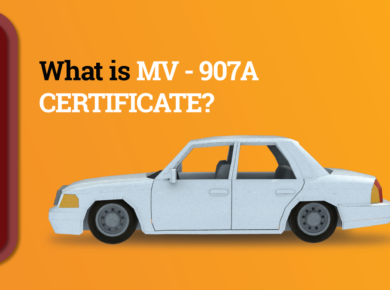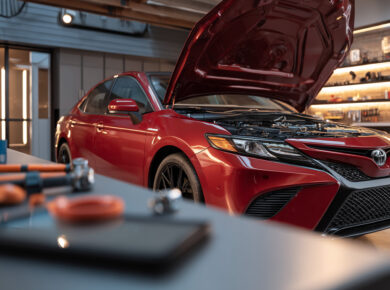While salvage title cars give the hope of saving a lot of cash, there are many things to consider when you decide to invest your hard earned money in one. Buyers, especially first-timers, spend a lot of time researching on how to buy salvage cars at auctions. They, however, often fail to learn how to ensure the car can drive on the roads legally and protect themselves in the event of an insurable risk eventuating. A complete understanding of the salvage title and how to get insurance cover is what buyers need, before going ahead with the purchase. We discuss the two in greater detail in this brief blog post.
What is a salvage title?
The salvage title is given to vehicles based on certain specifications or conditions, which may vary from state to state. The main criterion, however, is the same for all vehicles – if it has extensive damage that the insurance company or average consumer finds to be beyond the scope of repairs, it is titled as salvage. Purchasing a salvage car that is easy and affordable to restore isn’t always easy, as it is easy to miss major vehicle problems without the right knowledge or expert help from an experienced auto body expert. Make sure to verify the type of damage incurred by the vehicle and run a Carfax report to get details of all accidents the vehicle has had before it was titled salvage.
Salvage car insurance – Available options
If you aim to drive the vehicle, you need insurance cover. Most insurance companies do not provide cover for salvage vehicles, which can make the task a little difficult. Possible structural damage is one reason insurance companies hesitate to insure salvage vehicles. A roadworthy operational condition is something that every insurance company demands before providing cover. Salvage car owners usually have two options:
- Go for PLPD
One of the easiest forms of insurance cover to get for your salvage car is Personal Liability and Property Damage (PLPD) cover. The insurance policy only offers cover options that are required by law. It is liability insurance for bodily injury and is paid only if the driver of the vehicle is found to be responsible for the accident. The cover pays for injuries and vehicle damage suffered by the other party in the accident. PLPD is third-party insurance and doesn’t pay for any damage incurred by your car or injuries to the occupants.
- Non-standard Carriers
Most preferred insurance companies are not willing to insure a car with current physical damage. Buyers can look for non-standard carriers that provide cover after extensively documenting existing damage so it doesn’t get covered in future claims. The premiums for insuring a salvage title car are also higher than what you need to pay for a new or pre-owned vehicle.
Handy tips when insuring a salvage car
While PLPD is easy to get, you may find it difficult to buy add-on physical damage cover on the insurance policy, even after fully restoring the salvage title car. Some insurance companies do not offer physical damage cover, such as comprehensive and collision cover for salvage vehicles. Following are requirements that salvage car owners need to fulfil to increase their insurance cover:
- Detailed mechanical inspection
- Latest photos of the vehicle from multiple angles and views
- On site physical damage inspection
Many insurance companies provide physical damage cover, if all these three requirements are met.
Final Words
Getting insurance cover for a salvage title vehicle can be a little time consuming, but not impossible – provided you know the rules and how to go about the process. If there’s more that you need to learn about insurance cover for salvage title vehicles, speak with the SalvageBid, LLC team. We are a reputable auction website providing over 50,000 salvaged and totaled vehicles every week. For all information on how to buy salvage cars at online auctions, and other related queries, email us at info@salvagebid.com or call us at +1 (360) 347-1300.





